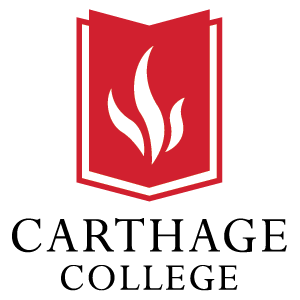Below is a summary of the abstract you submitted. Presenting author(s) is shown in bold.
If any changes need to be made, you can modify the abstract or change the authors.
You can also download a .docx version of this abstract.
If there are any problems, please email Dan at dar78@pitt.edu and he'll take care of them!
This abstract was last modified on March 31, 2025 at 6:41 p.m..

With the rise of deadly bacterial superbugs in recent years, including multi-drug-resistant Mycobacterium tuberculosis, bacteriophages are of interest to many scientists and healthcare organizations around the world as an alternative to antibiotics. Marlia and Wogge42 are two of thirty mycobacteriophages that were isolated from Mycobacterium smegmatis by students at Carthage College in Fall of 2024. Marlia is a cluster B3, Siphoviridae phage with a very long, flexible tail that produces tiny pinprick-like plaques. Wogge42 is a cluster O phage belonging to the Siphoviridae family with a distinct prolated capsid specific to cluster O phages that produces clear plaques. Using PECAAN, a web-based program that collates results from GeneMark, Glimmer, NCBI Blast, HHpred, and other bioinformatic tools, we were able to designate gene starts and determine functions for Marlia and Wogge42 genes. Genes of interest have been identified in both genomes such as membrane proteins unique to the B3 cluster found in the genome of Marlia. Wogge42’s genome contains one orpham and a section of four genes of unknown function transcribed in the reverse direction that disrupt the tail-associated genes. Further analysis of these genomes is being conducted by students as independent projects in order to determine phylogenetic relationships and dive deeper into genes of interest.


